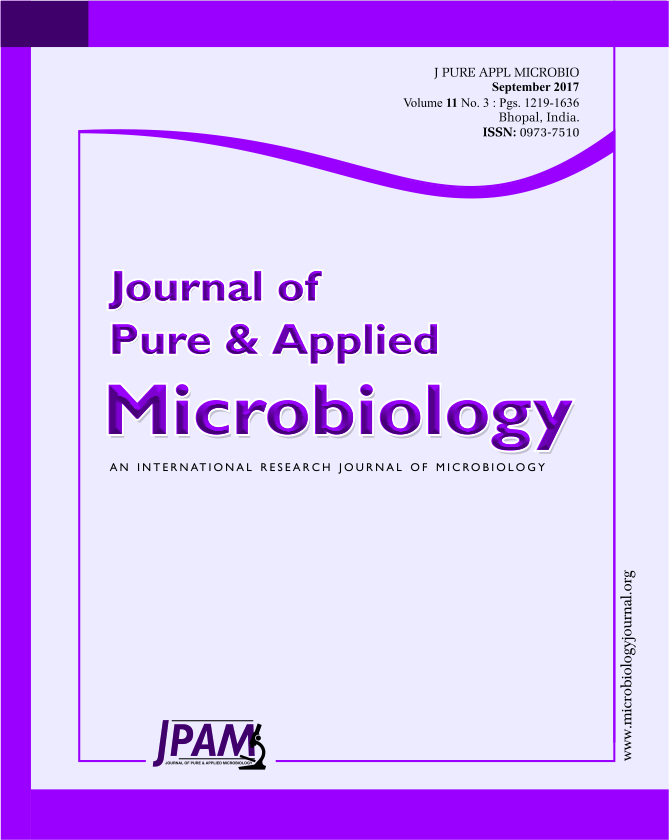Sanitization of vegetables consumed raw has tremendous importance due to health risks associated with food-borne pathogens. This study elaborated the effectiveness of varied concentrations of disinfectants used for washing fresh carrot vegetable against five potential pathogens. The pathogens were identified during the course study and compared with MTCC standard cultures. It was found that induction of 50percent killing against five pathogens viz. Aeromonas hydrophila, Shigella flexneri, Staphylococcus aureus, Escherichia coli and Listeria monocytogenes required concentration (LC50) of Sodium hypochlorite upto 100ppm, Citric acid upto 1000ppm, Lactic acid 724ppm, CaO 2570ppm, Tannic acid 794ppm and Cineole 100ppm with 5minutes washing period. Of the entire chemical tested, sensory scoring for vegetable taste, acidic taste the overall appreciation of citric acid corroborates its use as an effective sanitizing agent to treat vegetables. Cineole on the other hand has high response value at 69ppm but loose appreciation due to poor odour and taste. The purpose of the study is to establish current state of intervention for maintaining the high microbial safety of fresh vegetables consumed raw as intended health benefits. Organic acids like citric and lactic acid can be used in food industry as emerging sanitation strategy with minimum contact time and consumers palatability.
Cineole, Disinfectant, Food borne pathogen, LC50, Organic acid, Vegetable.
© The Author(s) 2017. Open Access. This article is distributed under the terms of the Creative Commons Attribution 4.0 International License which permits unrestricted use, sharing, distribution, and reproduction in any medium, provided you give appropriate credit to the original author(s) and the source, provide a link to the Creative Commons license, and indicate if changes were made.


